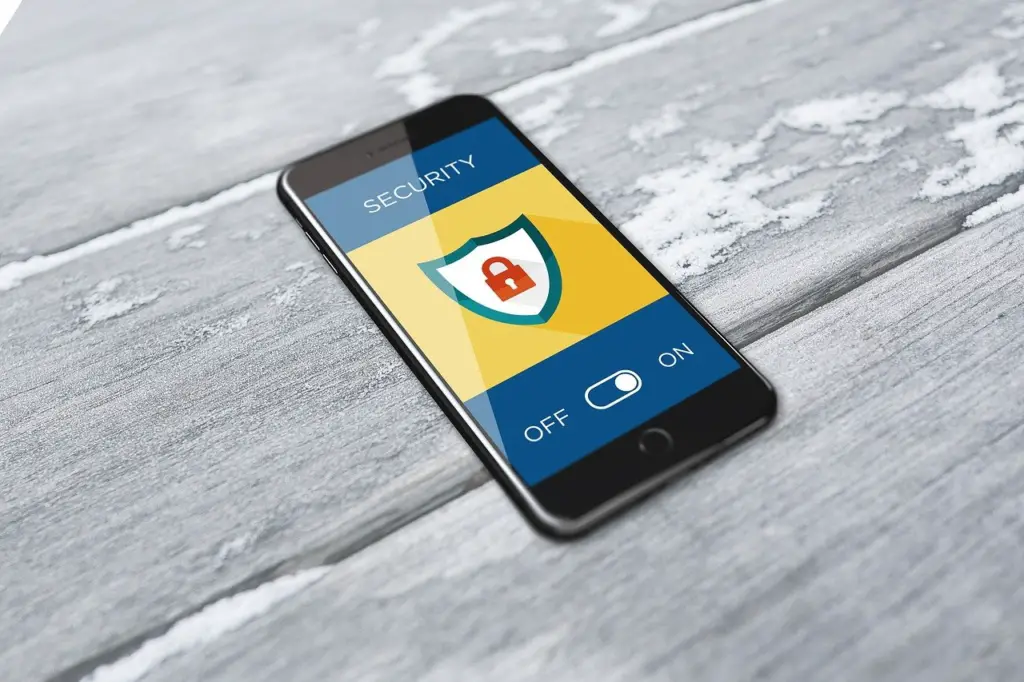
Did you know that hackers launch a cyberattack every 39 seconds? This is something businesses should be concerned about. Cybercriminals are continuously looking for ways to work around security barriers. It is not surprising that cases of cyberattacks are on the rise. Attackers are becoming creative by finding new methods to exploit technology users by accessing valuable data, networks, and passwords. Below are cybersecurity trends to watch out for in 2021:
1. Cloud breaches
Thanks to the COVID-19 pandemic, more businesses are moving to the cloud. It is not without some disadvantages, however, as this paves the way for new challenges. There is likely to be an increase in cloud breaches due to poor security practices in cloud configurations that are creating vulnerabilities.
2. Financial cyberthreats
Most attackers are after monetary gain, and the likeliest targets are small banks, eCommerce stores, mobile banks, and companies acquired by big banks. Financial institutions are more likely to pay the ransom than lose valuable data.
Attackers have found creative ways to attack, including ATM malware and digital fingerprints black markets. Cybercriminals are succeeding in stealing card information and reusing it. Mobile investment and digital baking applications have become popular, and some of them are not prepared for major breaches as they lack basic protection for users such as digital certificate pinning and two-factor authentication. Financial companies should be prepared to put in the effort, research, and invest in a fraud prevention tool before implementing any new technology and applications.
3. Improved cybersecurity in the healthcare industry
It’s been over three years since the Wannacry ransomware disturbed healthcare facilities and other organizations, and the healthcare sector seems to have learned their lesson. Cybersecurity in the healthcare industry has increased. Although we are still witnessing several ransomware attacks in the sector in many countries, governments and medical facilities are putting in more effort and resources to prevent cyber threats in the healthcare sector.
Reasons why we are still witnessing cyber attacks in the sector, include:
- Lack of awareness in cybersecurity
- Poor security measures in medical IoT devices
- Ignoring/lack of proper attention to the risks that come with digitalization
Why should stakeholders in the health sector be worried?
- Many security researchers have discovered vulnerabilities in various medical equipment
- Medical research is expensive, which makes it a top target for hackers
- Some medical records are more valuable than credit card information
- Accessing patient information is dangerous since an attacker can manipulate the diagnostics, which may result in major complications or death.
4. 5G Sector
The next-generation of internet and mobile connectivity, 5G, is new and complex. 5G will have a revolutionary impact on telecommunication. It is also a platform for technological advances in areas such as defense facilities, intelligent power grids, and smart cities. Undoubtedly, 5G requires a higher level of security.
You wouldn’t be wrong if you guessed that hackers are already working hard to find vulnerabilities and blind spots to steal information. Additionally, we are likely to witness increased large-scale DDoS attacks or challenges in protecting complex networks of connected devices whereby it can result in a whole network crashing if one device is compromised. Considering this, maybe it’s time for organizations to adopt zero-trust network models.
5. AI integration
Software engineers, security professionals, and developers are all under pressure to achieve more with less security. Automation and integration are therefore essential across the board. Businesses need to integrate security into agile processes like DevOps and ModelOps. This will help to enhance security and maintain the quality of developments.
6. IoT threat
Sensors’ data is making the “Internet of Things” (IoT) more worthwhile. Studies have indicated that cyberattacks traffic has increased at an alarming rate in the past year. This can be attributed to the huge surge in the number of IoT devices being used around the world which will only increase with the rollout of 5G technology. Things will become more and more interesting in 2021. Expect more of non-encrypted personal data, hardcoded passwords, software and firmware updates from unverified sources. Issues related to wireless communication security will also increase. All these are real cybersecurity threats connected with IoT devices placed in public places, businesses, or at home.
7. Cyber insurance
Due to the increasing threat of cyberattacks, it will be essential for organizations to buy cyber insurance policies to mitigate financial risks from cyber attacks. Some companies in the United States have already bought some kind of cyber risk insurance, and more are expected to follow suit.
Endnote
The above trends suggest that businesses and organizations need to be more strategic with their security controls. There is a need to remain ahead of growing and emerging technologies such as AI, IoT, 5G, and the cloud.










